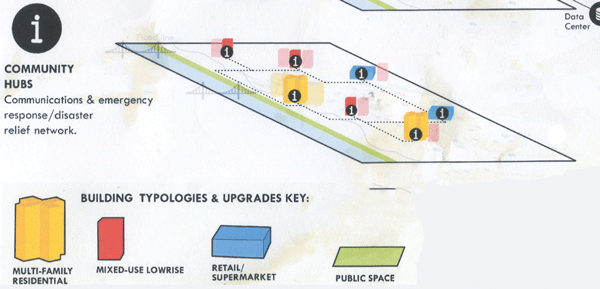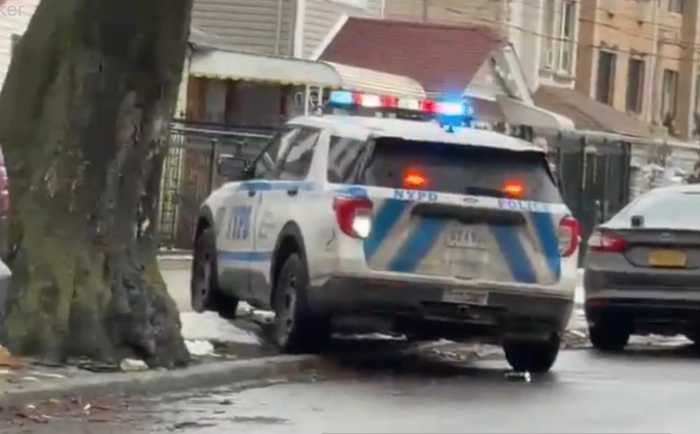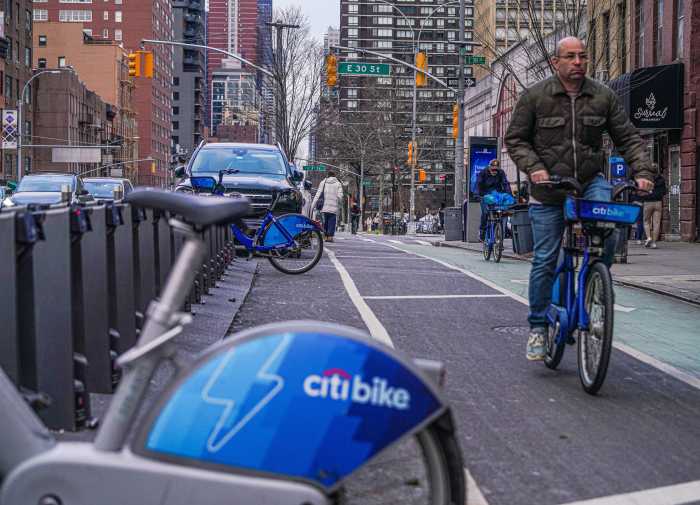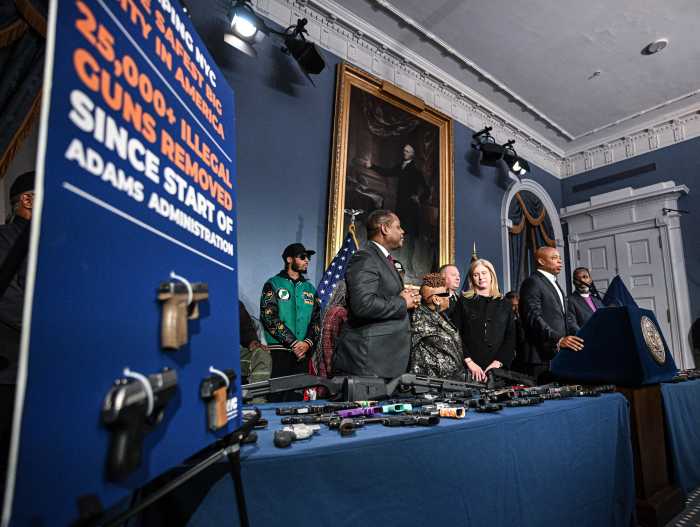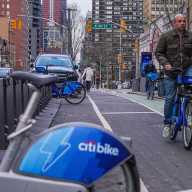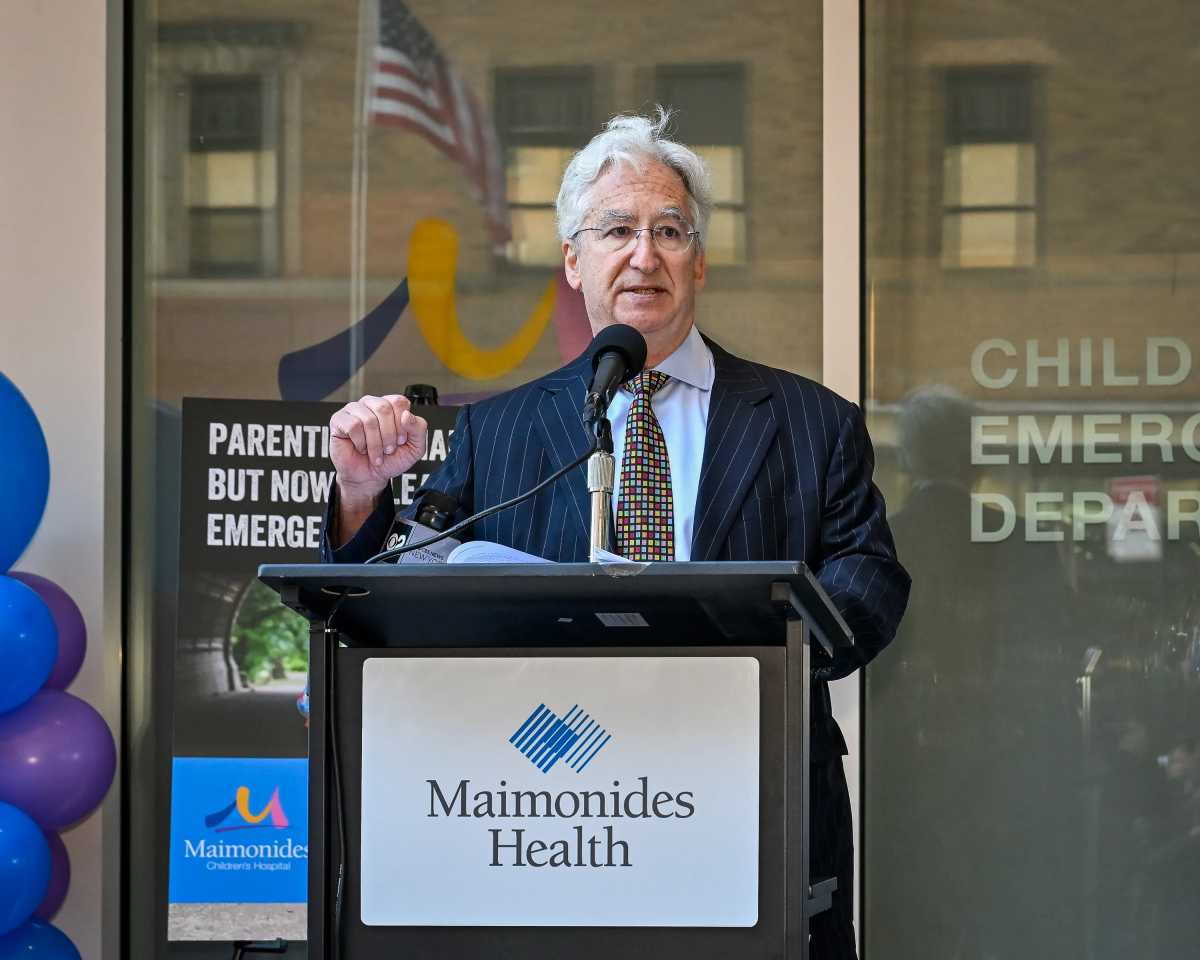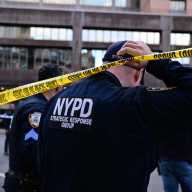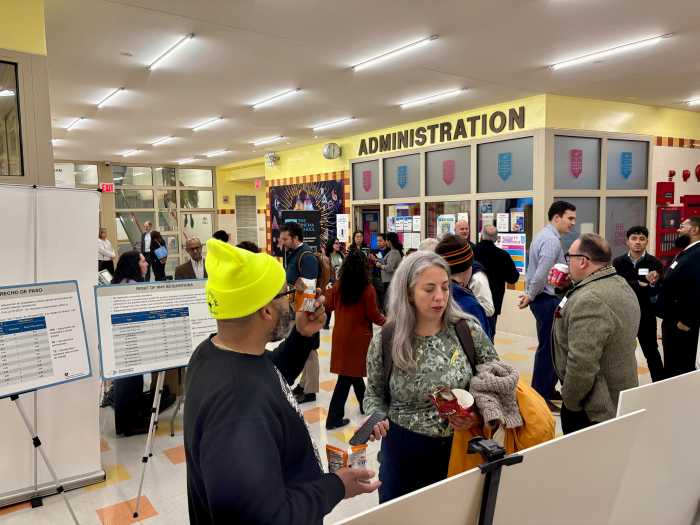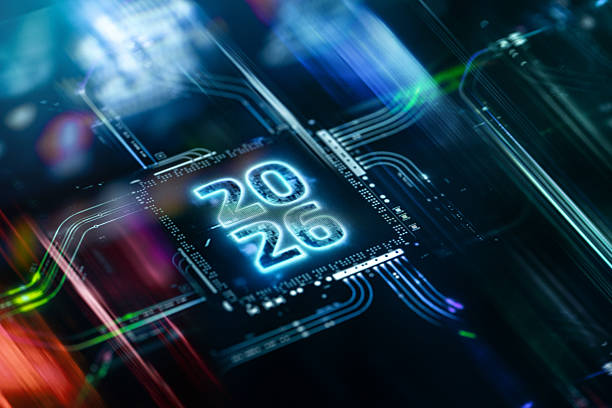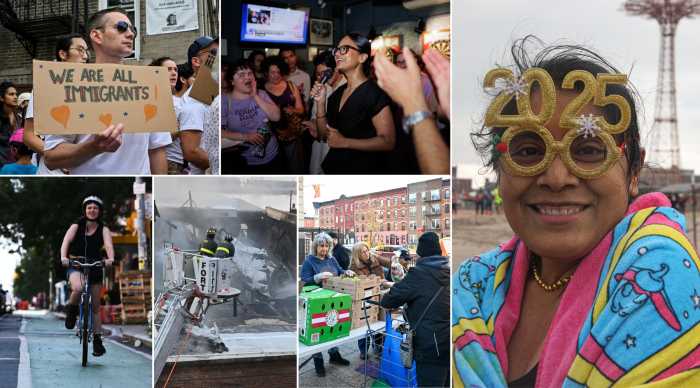Following that principle, Garrin and some expert collaborators are now seeking funding for a plan that would strengthen disaster resiliency by creating a community-based energy and communications network, allowing residents to keep their homes powered and maintain access to vital resources in the aftermath of another storm like Sandy. Additionally, this network would provide affordable broadband access in fair weather as well as emergencies; reduce energy loads on the existing grid year-round through renewable or more efficient energy sources, thereby mitigating carbon output; support local small businesses through a series of infrastructure upgrades to make businesses more resilient both physically and economically; create an access point for community news and information; create training opportunities and jobs in digital technology and energy technology — the plan is for local residents to be trained and hired to install, troubleshoot, and maintain the networks.
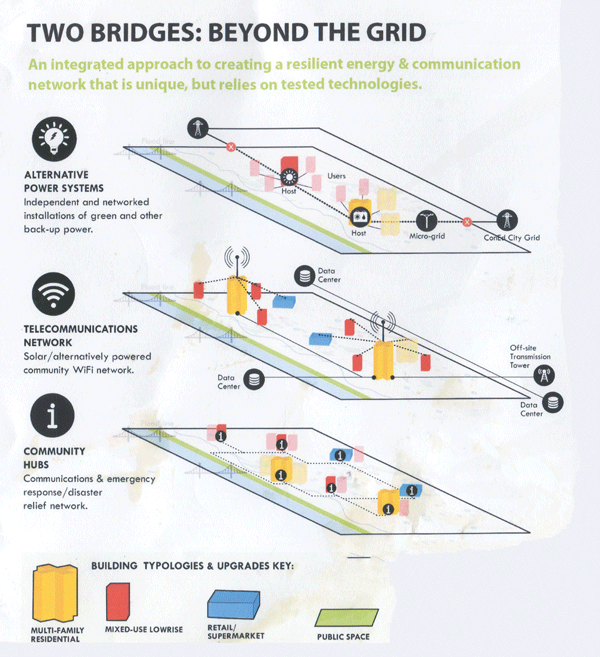
The concept would initially be focused within the Lower East Side and Chinatown neighborhoods, potentially serving around 20,000 residents and hundreds of local businesses, Garrin explained. But he believes a successful start could lead to the practices being duplicated across the city.
“Beyond the Grid,” as the proposal is known, is an effort of a consortium led by Two Bridges Neighborhood Council, composed of consultants with expertise in community development (Urbane Development, LLC); wireless technology (WiFi-NY), resilient design (Milestone Architecture, PLLC, with Alex Nadolishny’s consulting expertise in energy systems and emergency response) and green jobs training (Green for All).
Beyond the Grid would serve energy needs through the installation of large alternative-power sources — solar panels, microturbines, diesel or hybrid generators — at a handful of buildings within the target communities. Those power primary hubs would then be linked to other residences and businesses throughout the area, creating a “micro-grid,” fully independent from the standard Con Edison grid, which could be activated if a disaster were to shut down Con Ed’s power.
That emergency power wouldn’t be enough for relative luxuries like cranking up an air conditioner or taking a hot shower. But it could give the networked buildings three or four hours of energy each day, according to Alexander Nadolishny, principal technology expert at the Louis Berger Group, an engineering design firm that is a subconsultant to the Beyond the Grid effort.
Besides residential use, the energy would also play an important role for supermarkets and smaller food stores that require large-scale refrigeration in order to prevent products from spoiling.
“The lesson everyone learned from Sandy is that getting a portable generator for those purposes doesn’t do you any good once you run out of fuel,” said Nadolishny. “That’s why these sources need to be pre-installed and linked up in advance.”
And his group has, to some degree, already proved the superior efficiency of those alternative generators they hope to install. In the days after the 2012 hurricane, The Louis Berger Group brought a hybrid generator to an Occupy Sandy command center in the Rockaways, close to where another organization was powering its own emergency medical center with a traditional fuel generator.
Although their load was basically the same — running around 20 kilowatts of power — the other organization’s generator required $200 worth of fuel per day, while the Louis Berger Group’s hybrid source only needed four gallons of diesel (around $16 worth) for two weeks of use, according to Nadolishny. That kind of efficiency could provide financial benefits to the Beyond the Grid hub buildings, even during nonemergency situations, while also keeping costs down if the micro-grid were activated for extended periods of time.
The engineer also touted the micro-grid plan for its ability to empower residents and shop owners, and strengthen community ties. “During Sandy, there were challenges implementing the government response plans partially because they were coming all the way from the top, and local residents didn’t feel any ownership of those strategies,” said Nadolishny. “Beyond the Grid would be important because it’s not coming through government decree, and it’s not coming from some rich investor. It’s done as a community initiative, through a mechanism by which everyone can contribute and then benefit.”
The communications element of Beyond the Grid proposal would then expand on Garrin’s WiFi-NY broadband technology in order to similarly connect the target neighborhoods via Internet. Currently, WiFi-NY service is broadcast through a single transmission tower atop the East Village’s Christodora House, at the corner of E. Ninth St. and Avenue B. To create a stronger and more complete L.E.S./Chinatown network that would serve both residents and businesses, Garrin hopes to build at least two more of those elevated transmission towers — one near the foot of the Manhattan Bridge, by the corner of Rutgers and Cherry Sts., and another on top of the Confucius Plaza housing complex, along Bowery just below Canal St.
As with the energy micro-grid, that resulting local network would be able to operate independently of commercial Internet service, if those providers were to be knocked out after a storm. Residents and businesses could then simply tap into the service via their computers or smartphones, and in kiosks in local businesses, in order to communicate or get important updates from emergency personnel. Cell phones and computers would be recharged and powered through the micro-grid.
“The key here is that our plan would effectively build a backbone over the air, rather than relying on the landlines [used by commercial Internet providers],” said Garrin.
Under the Beyond the Grid proposal, those Internet connections would also get their own layer of resiliency, since the transmission towers would be powered by independent solar, wind or hybrid power sources. Working with national nonprofit Green For All, local residents would receive training in digital and energy systems; Beyond the Grid would provide job opportunities to local residents to install, troubleshoot, and maintain the technology that powers the Beyond the Grid networks.
A third element of the proposal would also incorporate aspects of an already-existing project — namely, an ongoing L.E.S. collaboration between the Two Bridges Neighborhood Council, a community advocacy group, and Urbane Development, a group focused on bringing innovative strategies to underserved communities.
Since a vital Pathmark supermarket on Cherry St. closed in 2012, Two Bridges and Urbane have worked together to develop a strategy for addressing the needs of residents; and to promote and provide technical assistance to local small food retail businesses.
In December, they launched a neighborhood food guide for area residents — especially seniors with limited mobility — who needed to find alternative sources of fresh, affordable food. That NeighborFood guide lists around 80 such sources — including both large grocers and smaller shops for things like meat or fish — and was created based on visits to each of those locations, as well as conversations with their owners. The guide is the first step in a larger initiative to work with the same small business owners to upgrade businesses to feature healthy products, incorporate more energy efficient refrigeration units and make other capital improvements, including feasible strategies for improving building resiliency. Milestone Architecture PLLC would design building retrofits to incorporate resiliency measures into the businesses that would become nodes and hubs in the Beyond the Grid network.
Along with receiving upgrades for structural resiliency, some NeighborFood locations would receive digital kiosks, linked into the network, which could be used during a disaster to display or send emergency information. That additional connectivity would also allow those stores — aided by their important food stocks — to serve as safe, community meeting places during another storm like Sandy.
And at all other times besides emergencies, those kiosks could also be used to promote local programs and even share recipes based on what’s offered in certain stores, said Lisandra Lamboy, of Urbane. Now, with his concept fully formed, Garrin is focused on securing some sizable funding in order to get it underway.
This idea is being advanced through the NY Rising Communities program, and the RISE NYC competition, which is being run by the city’s Economic Development Corporation. RISE NYC is focused on small business resiliency with regard to preparing for future storms.
“We know it all can work,” he said. “Now it’s just about doing what it takes to get it done.”



